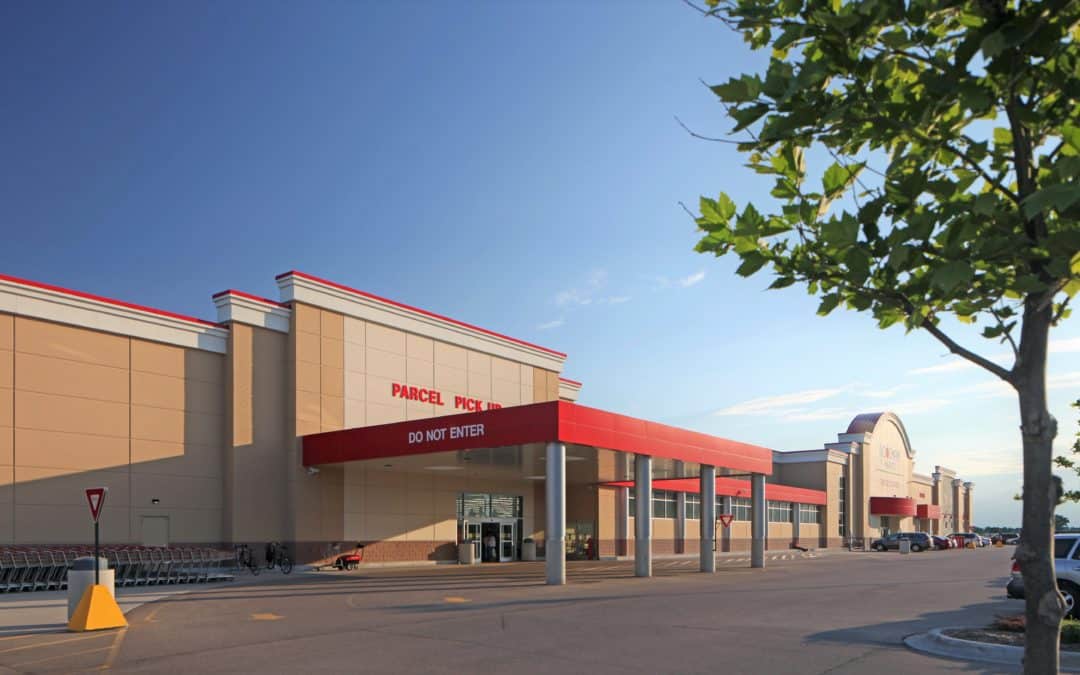INTRODUCTION
As an essential business, your supermarket or grocery store has likely seen increased demand since the coronavirus pandemic hit the United States; however, you probably noticed it hasn’t been business as usual. The outbreak has changed the way our society shops for goods, and it’s likely to impact grocery industry trends long after stay-at-home orders and public safety measures are lifted.
Following are three ways COVID-19 is expected to change grocery store operations and some things to consider as your business prepares for the future.
MORE CONSUMERS WILL SHIFT TO ONLINE ORDERING
There’s no doubt that the coronavirus has become a catalyst for transforming grocery stores into “click and mortar” destinations. According to Brick Meets Click, close to 40 million households (31 percent) in the United States used online grocery services in March of 2020, which is up 18 percent from August 2019.
At the same time, Business Insider predicts that by June 2020, 43 percent of consumers in the country will have purchased groceries online. Safety may be the primary factor today, but convenience (along with newfound experience) is the reason more consumers will continue to embrace online grocery shopping after the virus is gone.
To succeed in this realm, you need to make sure your grocery store or supermarket has the proper infrastructure in place. This means hiring the appropriate staff, implementing new technologies and planning for retail construction and design needs.
For instance, you should think about carving out space for fulfilling online orders. This could include remodeling to accommodate new staging and storage areas or creating an entirely new store layout with separate floors or “dark areas” to pick and pack efficiently without disturbing in-store customers.
If space is an issue at your location, you may want to consider taking the next step by building a mini warehouse or storage hub dedicated to managing online orders. You should look at your online order history and talk to your fulfillment staff to help determine what your specific location needs.
CURBSIDE PICKUP WILL INCREASE
 While supermarkets and retailers like Walmart and Whole Foods offered curbside pickup before COVID-19, social distancing measures have pushed some consumers and businesses to adopt the service faster than they may have on their own. However, just like online ordering, it’s the convenience and efficiency that will keep shoppers coming back for more.
While supermarkets and retailers like Walmart and Whole Foods offered curbside pickup before COVID-19, social distancing measures have pushed some consumers and businesses to adopt the service faster than they may have on their own. However, just like online ordering, it’s the convenience and efficiency that will keep shoppers coming back for more.
Although it may seem counterintuitive, curbside pickup could be a good thing for grocery stores in the long run. For example, Walmart’s average basket size for curbside grocery pickup is twice as large as their regular in-store baskets. It’s also reaching a younger demographic with higher incomes compared to the typical in-store shopper.
If you’re contemplating making curbside a permanent service at your store, there are some things you should consider. First, you’ll need to establish a dedicated pickup zone for your curbside customers. Avoid main store entrances and high-traffic areas in your parking lot if possible, as you don’t want to create problems for your in-store shoppers.
Next, you will need to create a distinguishable, functional space. For instance, clear signage, curbside lanes and pick-up only carports can make this area stand out. You also should consider building an outdoor check-in structure and temperature-controlled storage sheds to improve efficiency and preserve quality for your curbside customers.
GROCERY STORES WILL ADOPT AUTOMATION
The unanticipated surge in online ordering, combined with difficulty keeping up with demand, has made a strong case for automation within the grocery industry. Like the other trends, the concept isn’t new. For example, in 2018 Kroger announced it would partner with Ocado to build 20 automated grocery fulfillment centers by 2021, but the coronavirus is likely to accelerate the pace that supermarkets adopt the technology.
For instance, building fulfillment or micro-fulfillment centers equipped with automated inventory and pick-and-pack robots can improve efficiency, which will help stores keep up with growing grocery e-commerce needs and prepare them for future disruptions associated with drastic increases in demand.
While large automated fulfillment centers, like the ones Kroger is building, can take up 20,000-300,000 square feet, smaller grocers can still embrace the technology by building micro-fulfillment centers that occupy 5,000-10,000 square feet (or even less).
As a store owner, you will have to weigh the costs and benefits of the investment before building. For example, micro-fulfillment centers can be expensive for you to set up, but they can drastically improve efficiency and reduce your operating costs overtime.
FOR MORE INFORMATION
FoxArneson specializes in both design and building services in the grocery store and supermarket industry, including buildouts to accommodate online ordering and curbside demand.

